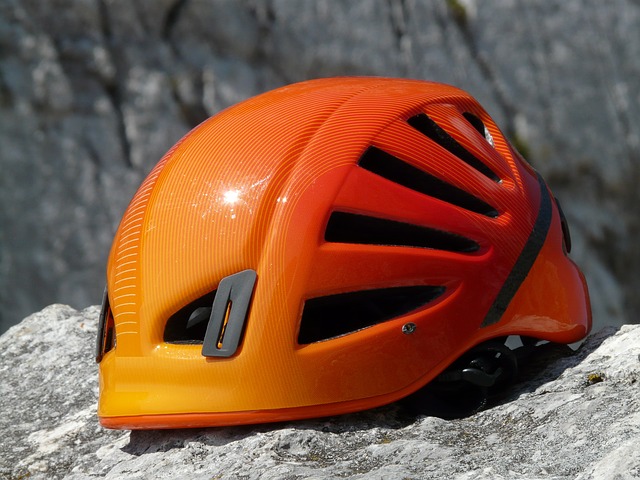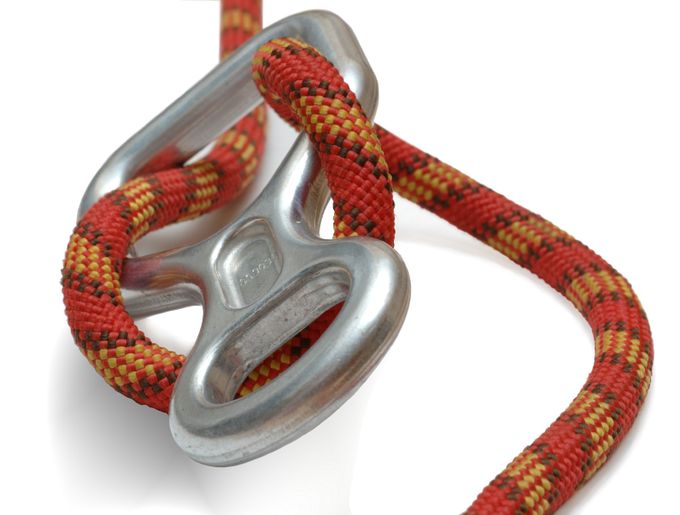Canyoning (also known as gorge walking) is a multi-discipline activity that mixes a whole load of skills including swimming, abseiling and scrambling. With such a demanding workload it’s no surprise that this pastime can involve a fair bit of kit.
What is Canyoning? | A Beginners Guide to Gorge Walking
So whether you’re going canyoning in the UK, gorge walking in Europe or heading off on a canyoning adventure anywhere around the world, there are a few essential bits of kit that it’s always worth taking.
1) A Helmet that’s Suitable for Canyoning

Top of most canyoner’s lists will be a good lid. With all those slippery rocks, big jumps and occasional abseils you’re going to need something to protect your beautiful bonce while canyoning. A good quality rock climbing helmet will do here. The design should obviously be able to handle getting wet and if possible go for a low profile model with good visibility so that you can move through narrow spaces more easily.










